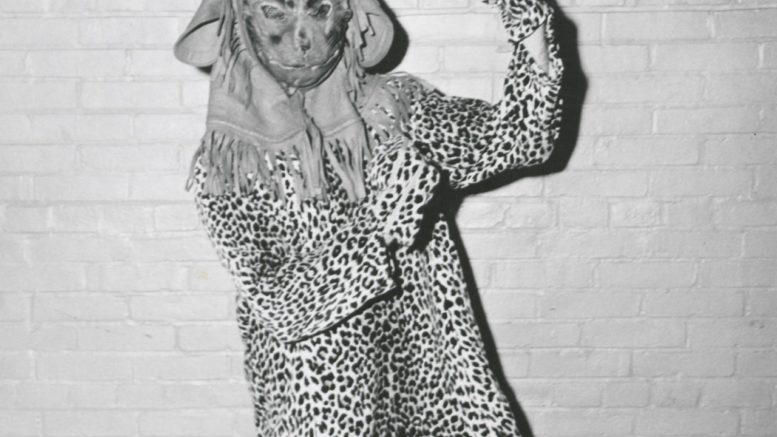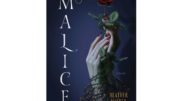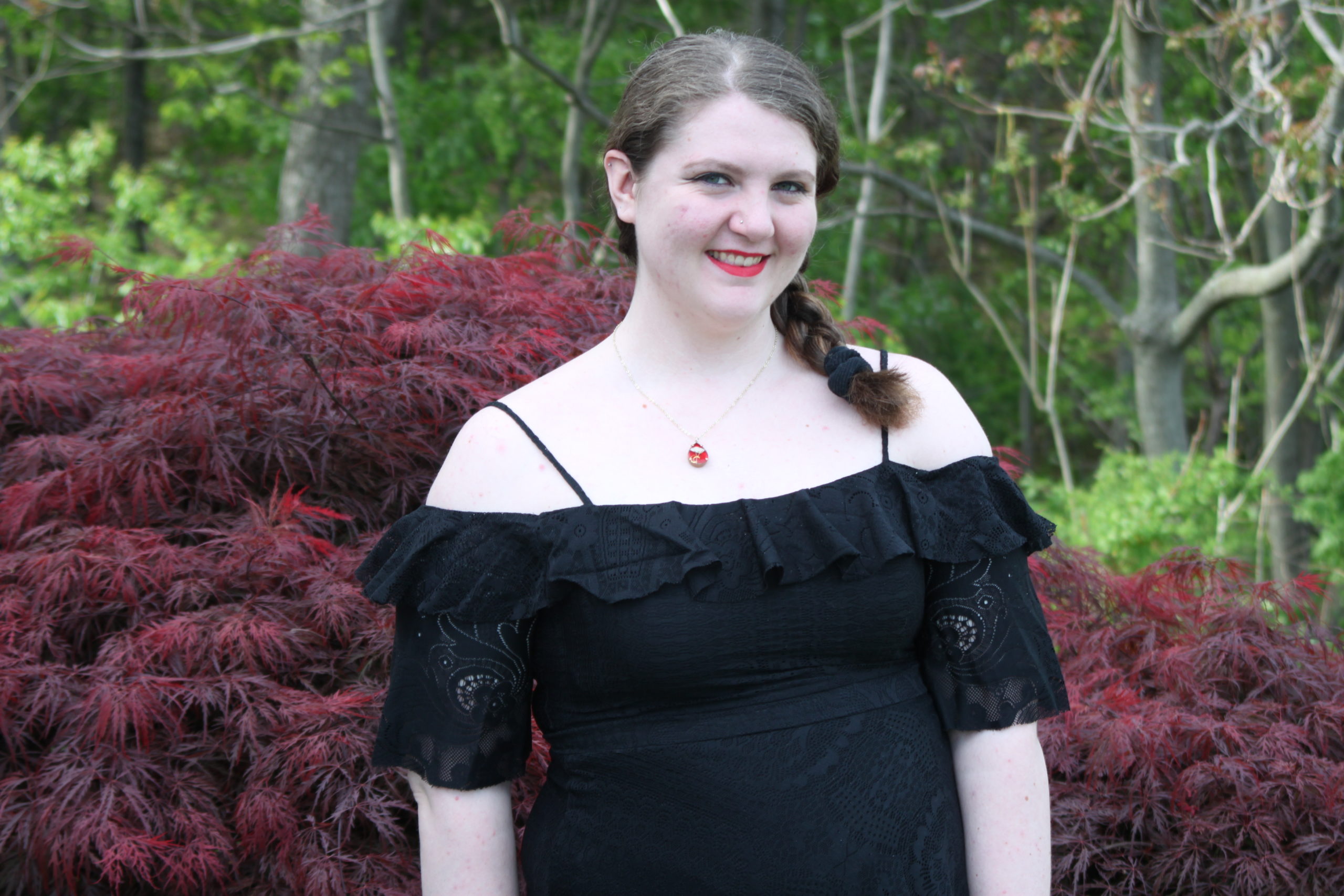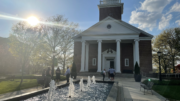Need help with research? Interested in McDaniel’s history? Or just curious about what’s behind that mysterious locked door on the second floor of Hoover? Gwen Coddington, McDaniel’s Archivist and Special Collections Librarian, has the scoop on the history of the archives, what the job of an archivist entails and how the archives are reaching out to students for help documenting the day-to-day life on campus.
For a bit of background, Hoover Library was not the first iteration of a McDaniel library but rather one of several iterations, starting with the private library of first College President James T. Ward, which was opened up for free to college students and made up much of the first official college library established in 1874. At the time, McDaniel was known as Western Maryland College. Hoover Library as we know it was actually a relatively late addition to the modern campus, being built in the 1960s and later added onto in 1991. The archives were established several years later in 1969 with the job of College Archivist being held at that time by Professor Samuel Biggs Schofield. His class, the class of 1919, donated the original archives, then located in the library’s basement, in honor of that class’s 50th reunion. Since then, the archives have moved to the second floor and have been managed by Gwen Coddington for the last several years. What does the job of an archivist actually entail though?
“I like to tell people, in a nutshell, that my job is to tell people everything there is to know about the collections,” says Coddington. As simple as this may sound, the archives are incredibly information heavy and it’s not just McDaniel members who are interested in what the archives have to offer. Coddington gets requests about archive items from people all around the world who, for one reason or another, have use for some of the records or artifacts that the archives contain. However, finding any information in such a busy and eclectic collection requires additional care. Coddington is also responsible for making decisions about the archives, processing and organizing the records for use in research, and sorting through boxes upon boxes of new and existing materials that may not have yet been catalogued in the current system.
“That’s where we find some of the more unusual artifacts,” Coddington said, surrounded by stacks of boxes around the office in various states of unpacking.
“Sometimes it’s frustrating because you’re trying to figure out how it fits into the records.”
It’s unsurprising given even the breadth of materials I got to see during my tour, especially knowing that for each item, there needs to be records of what it is, where it came from, and where it should then go in the archives.
Despite the frustrating aspects of the job, Coddington would not trade it for anything.
“There are two things I love,” she said. “Working with researchers and the really exciting feeling when you find the exact resource you need and being surprised by some of the things that come into the archives.”
With so many shelves of items, I was curious about some of the stand-out artifacts and records the archives contained. One of Coddington’s favorite collections was the full run of student yearbooks and memorabilia from classes past, especially from 1910-1930.
“It’s a great snapshot of what students did on campus and their interests. It’s really fun to see,” she said. Sure enough, there are rows and rows of yearbooks and literary journals as well as aisles of items like pendants, flyers, and letters from years past.
Besides the student records, the archives are home to a number of World War I propaganda posters and part of the McComas Death Mask collection, which immortalizes the expressions of countless famous and infamous historical figures in plaster. The collection is believed to be a replica of the Lawerence Hutton collection at Princeton and can occasionally be seen in the library as part of one of the rotating collections on display. For lovers of old books, the archives are also home to a collection of books dating back to the 1600s, such as a family Bible big enough that it almost needs two people to carry it.
As for the archive’s future, Coddington also disclosed some of the archive’s plans for connecting with the student population in terms of documenting current student life. The archives have recently put together an “Archiving Student LIfe” guide in hopes to help teach student groups on campus how to preserve their memories and the process of submitting materials to the archives. The goal with this project is to be able to have records of modern classes to look back at decades down the line and to document student experiences in the middle of a number of historic events,such as virtual learning and how Covid-19 affected the College. In addition, one of Coddington’s more recent projects has been digitizing student records from years past so members of the college community can access them online. Some of the old student newspapers contain a lot of interesting information about McDaniel’s history (for example, students have always complained about Glar, even decades back.) The archive’s main goal is to be a resource for the community and a link to local history, and they’d love it if more students knew about how they can use the archives as an additional resource, especially for research.
Finally, I asked Gwen if she had any parting message for any students interested in the archives.
“We are here for you to use. It can be a little difficult to access, feel a little intimidating, but even if you’re just curious, get in contact!”
You can find more information about Gwen and the archives at https://lib.hoover.mcdaniel.edu/archives-home as well as make an appointment for research help or you can email Gwen at gcoddington@mcdaniel.edu with questions or if you’re interested in learning more about how to get involved.





